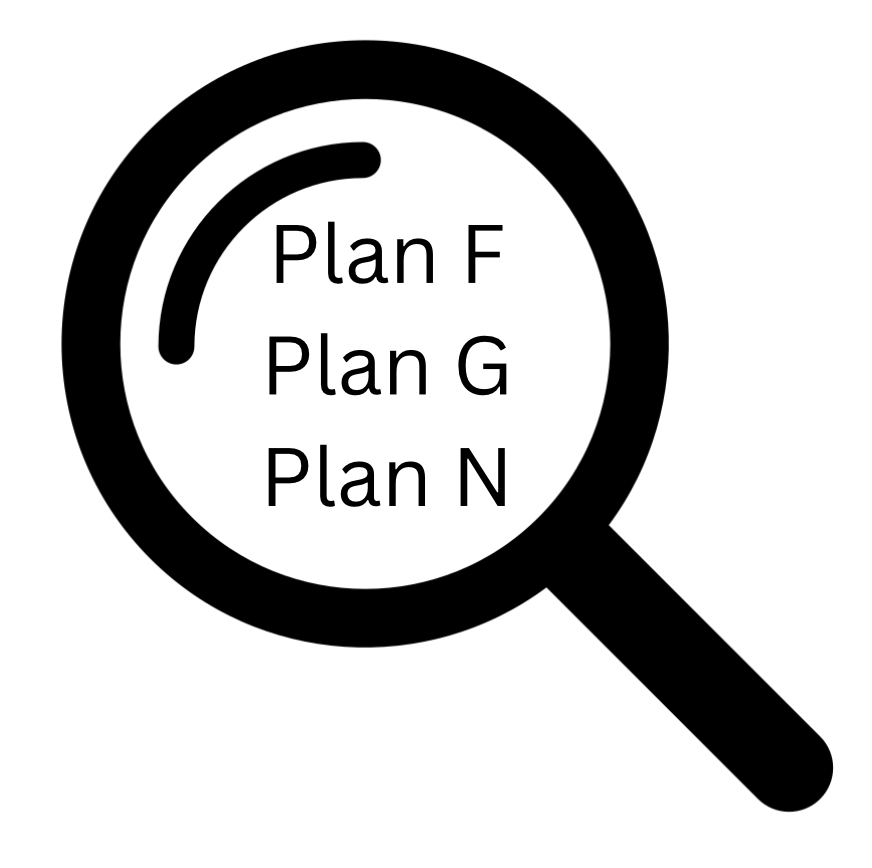
Understanding Medicare Supplement Plans: Plans F, G, & N
When it comes to Medicare, Original Medicare (Parts A & B) only covers about 80% of approved medical costs. That leaves 20% as your responsibility—unless you have a Medicare Supplement (Medigap) plan. Let’s take a closer look at three of the most common supplement options: Plan F, Plan G, and Plan N.
Plan F – “F” for “Full Value”
-
Important: Plan F is no longer available to people who turned 65 or became eligible for Medicare after January 1, 2020.
-
If you were eligible before 2020, you may still have a Plan F. You can also apply to switch to a lower-cost Plan F with another insurance carrier (medical underwriting required).
-
Coverage: Plan F covers all of the 20% that Medicare does not cover. This means no out-of-pocket costs—no deductibles, no copays, no coinsurance.
-
Summary: Plan F = peace of mind and full coverage.
Plan G – “G” for “Great Value”
-
Now the most popular plan since Plan F is closed to new enrollees.
-
Coverage: Plan G covers everything that Plan F covers, except the Part B deductible.
-
Part B deductible for 2026: $288.
-
Example:
-
Plan F premium = $300/month ($3,600/year).
-
Plan G premium = $250/month ($3,000/year).
-
Annual savings = $600. Subtract the $288 deductible = $312 net savings with Plan G.
-
-
Summary: Plan G is usually the smart financial choice—same great coverage at a lower cost.
Plan N – “N” for “Nearly Great Value”
-
Coverage: Plan N is similar to Plan G but with a few cost-sharing differences:
-
You still pay the Part B deductible ($288 in 2026).
-
You pay a $20 copay for most doctor visits.
-
You pay a $50 copay for urgent care.
-
Excess charges: If a doctor doesn’t accept Medicare’s approved payment amount, you could pay more. (See our article on excess charges for details.)
-
-
Best for: People who don’t go to the doctor very often and want lower premiums.
-
Caution: If you see the doctor frequently or your providers charge excess fees, Plan N could end up costing more than Plan G.
Key Things to Remember
-
Plan F: Only for those eligible before 2020. Full coverage, no out-of-pocket costs.
-
Plan G: Most popular today. Same as Plan F, except you pay the Part B deductible. Usually the best value.
-
Plan N: Lower premiums, but comes with copays and possible excess charges. Great for healthier individuals.
-
Medical Qualification: Outside of your initial Medicare enrollment period, switching plans requires medical underwriting (you must qualify based on health).
Bottom Line: For most new Medicare enrollees today, Plan G offers the best balance of cost and coverage.
